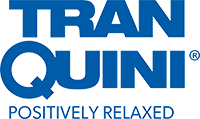Japan's energy drinks market offers a unique opportunity for all interested stakeholders, even though Japan does not rank amongst the top five global energy drink markets due to its aging demographic.
Let us take a step back and recall that this was the same nation to produce the first energy drink Lipovitan D way back in 1962.

Japan’s energy drinks market, just like any other, requires export directors and F&B professionals to be equipped with precise and actionable information to access these potentials, or else, it remains hidden from all active stakeholders.
A market that has witnessed a whopping 900% growth in the past decade
The energy drinks category worth only ¥9 Billion in 2010, has undergone great expansion in the last ten years and is on track to become a ¥90 Billion industry by 2020, with valuation hovering around ¥80.5 Billion in 2019, a feat which is somewhat unusual considering Japans' stagnating beverage industry and its declining population. The aforementioned growth is due to increasing purchase frequency, quantities, and the number of consumers. Energy drinks' growth has set off a ripple effect concerning a similar category's (Nutritional drinks) recent decline, with a few brands trying to tap into the energy drinks segment with the launch of canned products.
An industry dominated by two principal players, resulting in other participants playing catch-up.

Monster and RedBull account for a bulk of the market share, with RedBull being the dominant brand for 15 years before Monster in 2019 took up the top spot by combining a resonating marketing strategy with a victorious strategic partnership with Asahi. Recent events have seen soda giants Coca-Cola leverage its large distribution network and marketing prowess to establish Coca-Cola Energy which has gone on to garner a little portion of the market share in just a few months. The trend of brand launches and the refresh of existing brands by other players like Suntory (Boss) have also established competition between players and created new segments.

High entry costs coupled with other stumbling blocks serves as a deterrent to new competitors
Market entry for new participants in the energy drinks category is not a stroll in the park. On the surface, hurdles like large budgets required by companies to be able to stand out from the pack, import regulations, Japans' strict ingredient validation requirement - for instance, the prohibition of the use of Taurine in non pharmaceutical drinks - contribute to the difficulties experienced during market entry. The aggressive playing field created by top food and beverage companies plays a crucial role in limiting the infusion of new participants.
Another often overlooked factor is Japan beverage retail channel breakdown. Convenience stores and vending machines serve as the primary sales point, these two channels are extremely difficult for new participants to access.
New entrants attempt to disrupt the market by the formulation of niche products and dedicated segments
All challenges come along with its rewards, these rewards can only be accessed by harnessing the potential of this category. For starters, Japan’s food and beverage market is attractive and one of the largest the world, yet, the energy drinks segment has relatively low market saturation when compared to top markets in the world, presenting a unique opportunity for niche participants.
New players should explore the possibilities of private brands through retail channels, as they have witnessed growing market shares and require comparatively low entry costs. They can also examine the potentials of on-trade channels like drugstores, discounters, etc. these outlets though fully dominated by RedBull are yet to be poached by other brands.
New entrants can also explore disruptive product concepts in the form of (health benefits, taste, formula, packaging, advertisement, etc.), this would enable brands to capture value, and earn more market share in dedicated niche segments.
Japan Energy Drinks Market Landscape Report
Carefully crafted and put together by F&B market-entry specialists, our report is a summary providing actionable information on where to enter and the potentials that exist within each niche, which is necessary for a successful entry on Japan’s energy drink market.

This report serves as a conduit for sales execs, export directors, potential investors, etc. to gain precise insights on Japans' energy drinks market as they set out towards market entry.
Is your company envisioning the prospect of Japan’s energy drinks market? Let us assist you with market-entry.
GourmetPro is a market consulting company based in Japan committed to providing market-entry solutions for energy drinks companies by answering questions on your brand's prospect in the Japanese market and potential segments to enter.
We assist F&B companies through:
- Market analysis and consumer research
- Consulting on commercial strategy and marketing mix
- Prospecting and negotiations
We help F&B companies grow by identifying prospects and placing them in strategic positions through; recognizing potential areas, screening distributors, matching them with the appropriate businesses, setting up supply chains, and a lot more.


%206.png)
.svg)






.svg)



.svg)
.svg)
.svg)
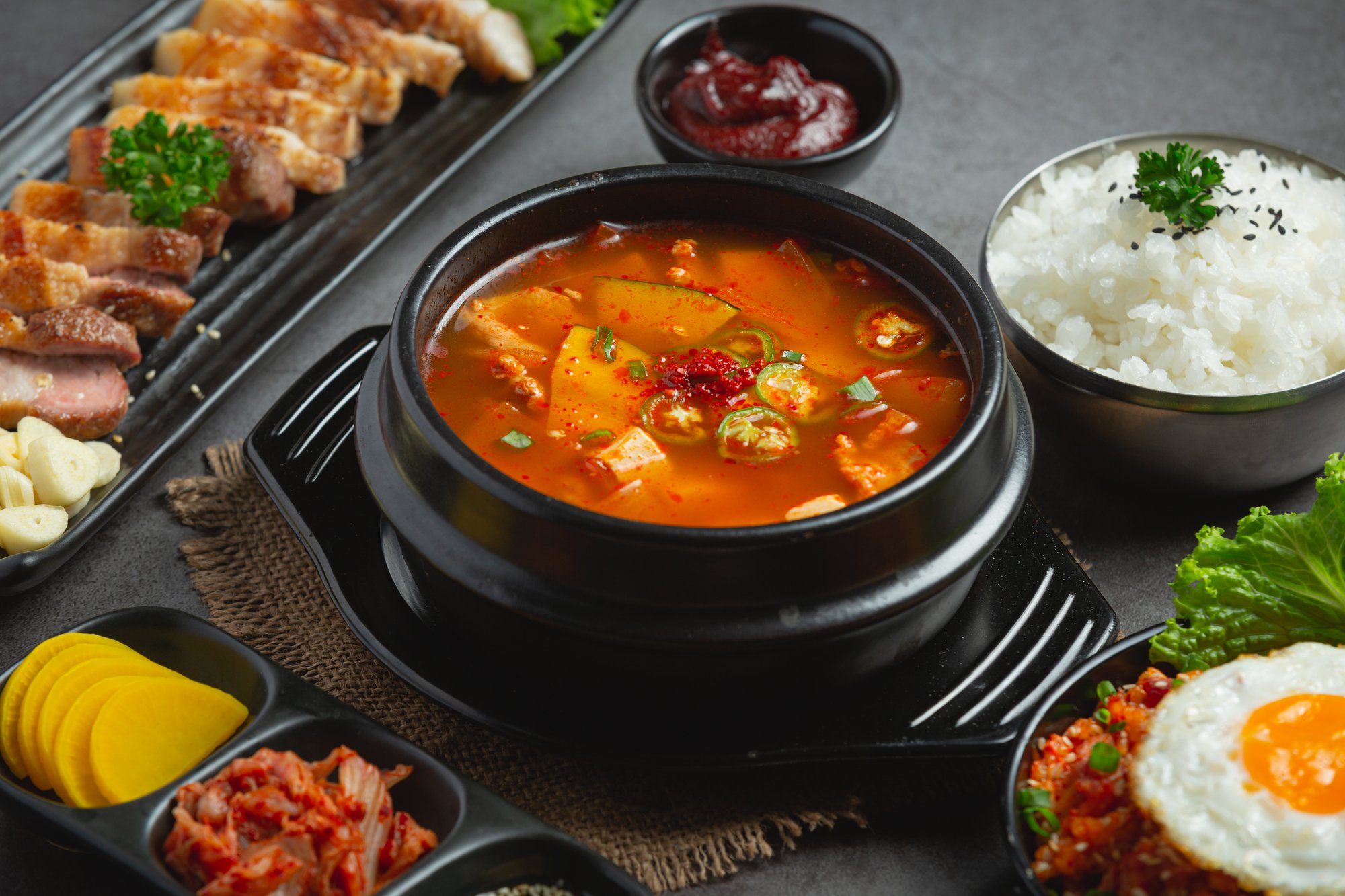
.svg)




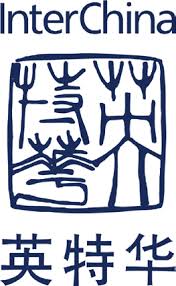


















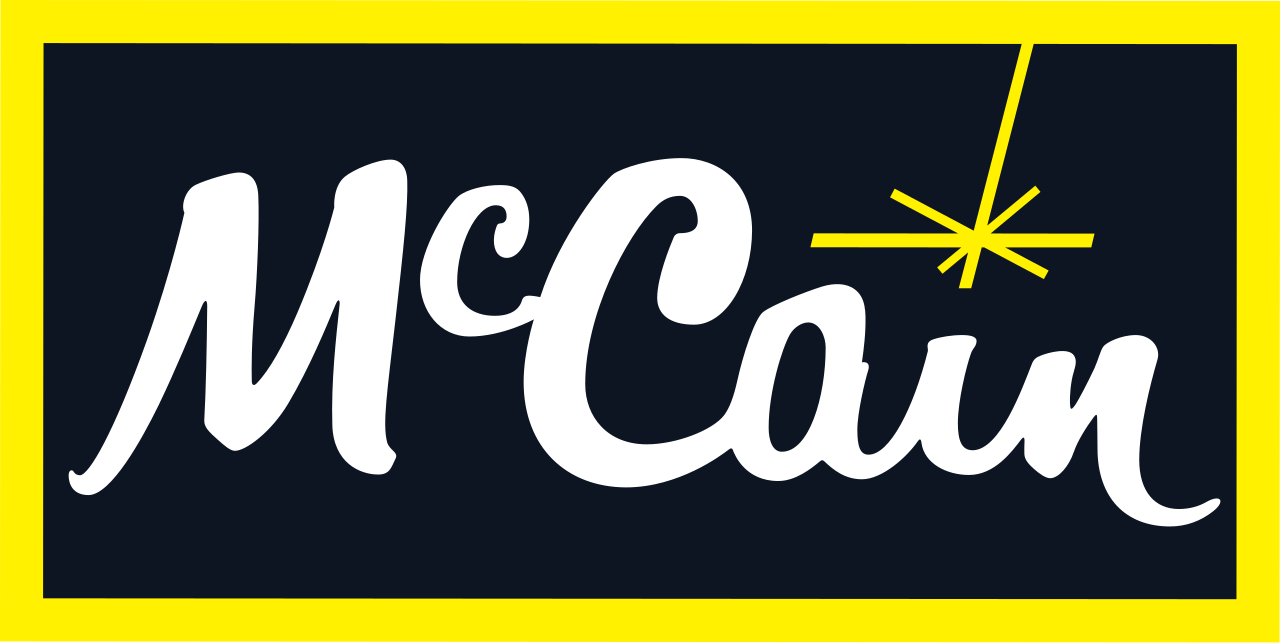
















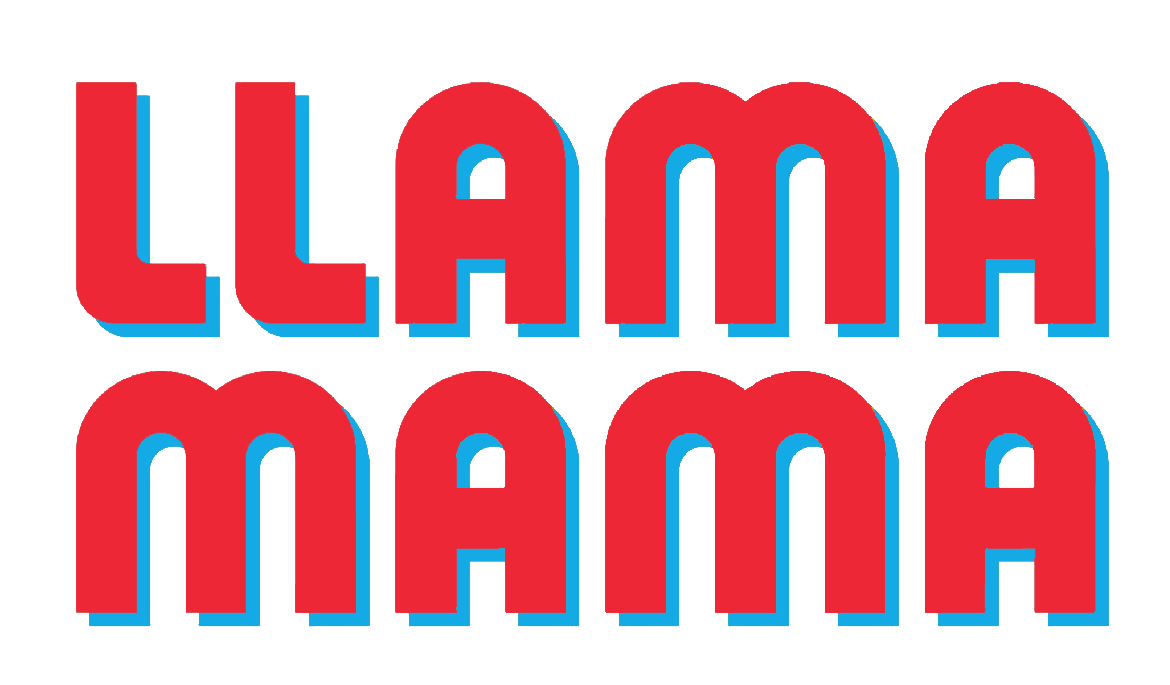







.png)






